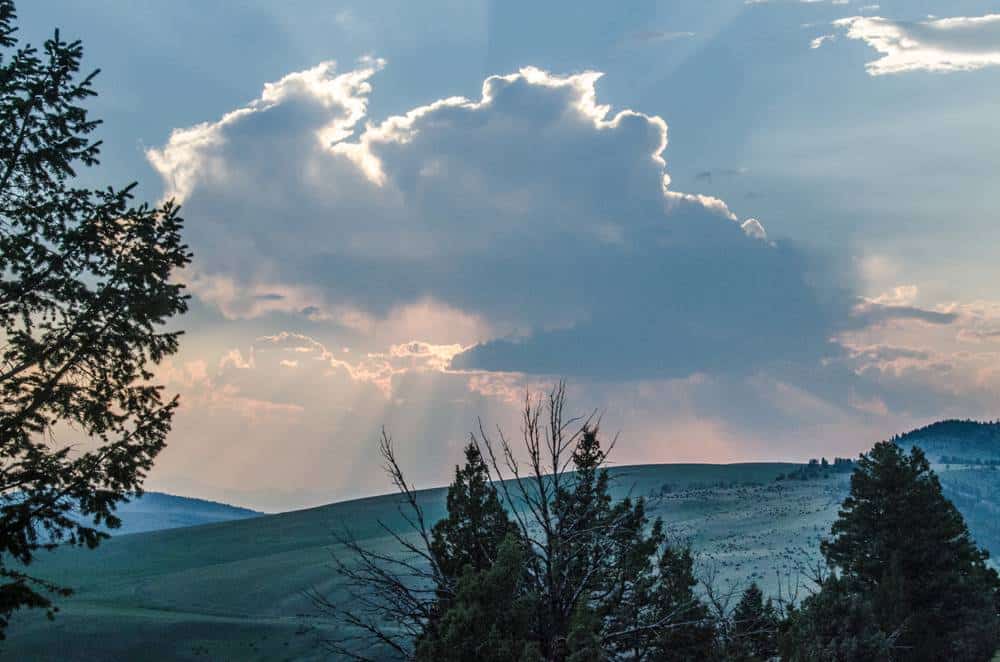
“The eminent evolutionary biologist E.O. Wilson has an audacious vision for saving Earth from a cataclysmic extinction event.”
The Turner Endangered Species Fund has partnered with the E.O. Wilson Biodiversity Foundation since 2014, working together to combat the worldwide decline of biological diversity by supporting research and education initiatives that inspire a new generation of explorers, environmental policy makers, citizen scientists, and conservation biologists.
Smithsonian magazine spoke to Dr. Wilson about his quest to set aside half of the planet as permanently protected areas to combat the sixth great extinction crisis. The author, Tony Hiss also stopped by Turner’s Flying D ranch in Montana to better understand the role private land plays in the equation.
“Ted Turner was making one of his many visits to the D that afternoon for a private meeting celebrating the 30th anniversary of the Greater Yellowstone Coalition, the ecosystem’s biggest advocacy group, and made a point of introducing himself. In jeans and a crisp sport shirt, he seemed quite chipper. “Here’s a piece of land,” he said, pointing from his back porch to the high, snowcapped peaks behind him, “that could’ve been a resort—28 minutes from the airport, or downtown, or a good Division II football game. But it’s perfectly placed as a beachhead for wildness. Seemed to me the choice was obvious, and it’s a good thing we stepped in when we did.”
He said the Flying D is the largest private property in Greater Yellowstone—a critically important part of this connected landscape. “It’s clear nowadays that to protect imperiled species we need to operate at enormous scales that make sense to nature but that transcend anything people have assembled,” he said. “And it’s just as clear that no country will ever have the money to buy up all the unprotected pieces. But it doesn’t all have to happen on public land, since private ranches like this one can promote ecological integrity. Private lands are working landscapes; they’re money-making businesses. And I think we’ve invented something entirely new here—call them ‘wild working landscapes’—where we make a profit and so does the planet.”
Large carnivores, Phillips says, are an excellent lens for looking at landscapes. Their movements and migrations define broad corridors that already exist physically. The unanswered question is whether we can develop “socially accepted corridors,” as he calls them, along these same routes, so that the people within this now-inhabited habitat can co-exist with the big creatures in their midst. “The GYC folk talk about moving from tolerance to acceptance to appreciation, though I usually substitute ‘admiration.’” It sounds like Wilson’s biophilia, in bite-size, time-released doses.”
Read the rest of the story here.
